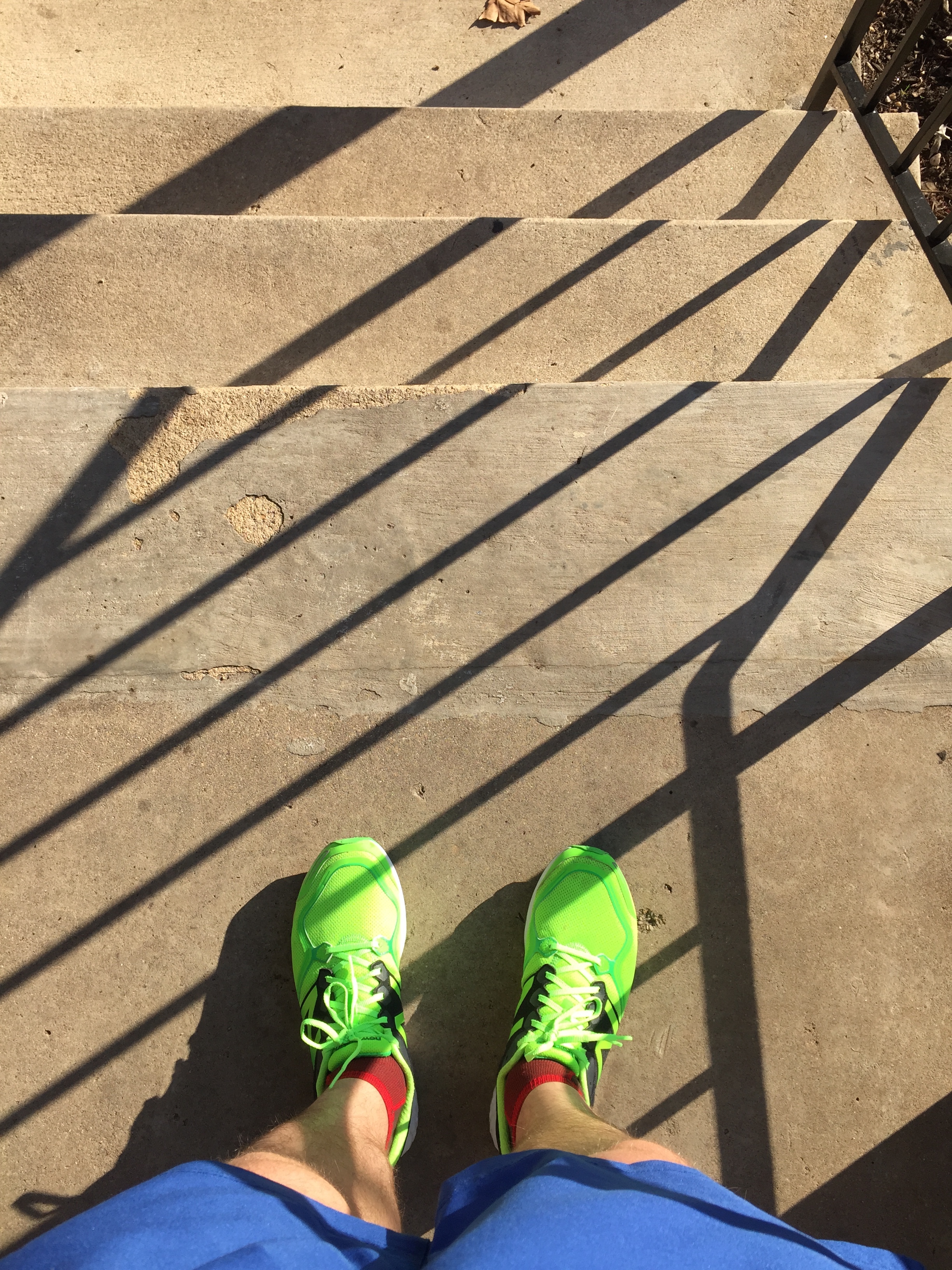As out local daily newspaper’s capacity to cover local news has been greatly reduced, I’ve decided to offer some minimal coverage of our local school board. The plan is simply to offer up things that could go unnoticed for folks who don’t tune in to things like local school board meetings. I’ll likely add context and some commentary where I think it might be helpful.
The Gist
- Eight out of every ten district students test below proficient in reading.
- Four out of every ten district high school students won’t graduate in four years.
- The Superintendent made public six goals to improve these conditions and committed to four public progress reports on those goals.
- Those reports never happened.
- School Board members either forgot about the progress reports or ignored the fact they didn’t happen.
The Whole Story
This might seem like reaching into the wayback machine to find something to write about, but stick with me.
First, let’s start with some facts.

According to state data, District 186 had a 4-year high school graduation rate of almost 63% in 2023. Looking out six years, that rate improves to 72%. The four- and six-year rates lagged 25% and 16% behind the state average, respectively. Put differently, four out of every 10 students who started high school in Illinois’s capital didn’t graduate in four years.
Proficiency across ELA, math, and science gives some indication as to why District students may have difficult graduating on time. Not only do district averages continue to lag behind the state, but approximately eight out of every ten students failed to show proficiency in English on 2023 state assessments as well.
Eight out of ten.
I’ll likely be bringing up these and other data as I write about the Board.
For now, let’s let these two images ground the question driving this post: What’s happening with Superintendent Gill’s goals?
During the 1 May 2023 board meeting, Superintendent Gill outlined her six strategic goals for the district:
Goal 1 is to address with urgency the most underperforming elementary, middle and high schools, based on ISBE designations and other data sources such as attendance, assessment (both qualitative and quantitative) data, student conduct and support systems in place. Gill asked that a Board committee be formed to work with her on this goal.
Goal 2 is to examine research surrounding the data processes and the recommendation of retention or social promotion in District 186 schools. In particular, to analyze data surrounding students promoted to high school from 8th grade.
Goal 3 relates to Freshman on Track, a measure that is part of the overall school designation program for the ISBE School Report Card data released each fall. Gill noted this goal will monitor programming and individual growth of students in all high school programs to make sure 9th grade students are on track, as well as monitor student supports, as needed. These supports could include mentoring, tutoring, attendance supports, and so forth.
Goal 4 is to design communication and support structures for students to address graduation rates of all District 186 credit bearing programs.
Goal 5 is to conduct a study surrounding the issues of declining enrollment in district schools, utilize future forecasting of enrollment and analyze its relation to the community’s overall population. Gill noted that the analysis will be presented to the Board of Education by the end of the 2023-2024 school year.
Goal 6, to monitor and communicate with the Board of Education regularly on the hiring, recruitment, promotion, and support for all staff as the district navigates an overall teacher shortage in education. Additionally, Gill reported that as the Consent Decree, which is based on the Desegregation Order of 1976, is supported, she will communicate matters concerning minority recruitment, hiring, support systems and promotions.
In light of graduation and proficiency data, these goals align to pressing needs. Related to Goal 3, state data show 69% of district 9th grade students were on track to graduate in 2023.
In this same presentation of her goals, Gill committed to the Board that she would report progress toward these goals across four future meetings: Nov. 23, 2023; Jan. 16, 2024; March 18, 2024; and June 17, 2024.
Here’s the thing – she never did.
Not only do Board minutes show no record of any progress reports from Gill in those meetings, they also show no indication any board members inquired about this progress.
Eight out of ten don’t show proficiency in reading.
Four out of ten don’t graduate in four years.
Three out of ten aren’t on track to graduate.
No one checked to see if we’re making progress to help turn that around.





